Episode 241: Three reasons it can feel like the training process is going slower than you thought it would….
June 28, 2023/
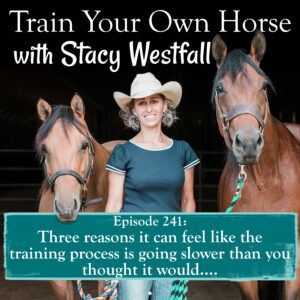
In this episode, I’m sharing three reasons it can feel like the training process is going slower than you thought it would….
This is particularly interesting when my opinion is that THEY ARE making progress…but the rider perceives they are not.
If you are consistently taking action, and you recognize that you are having some success, but not at the rate or speed you anticipated, double check these three things.
SUBSCRIBE TO THE PODCAST HERE:
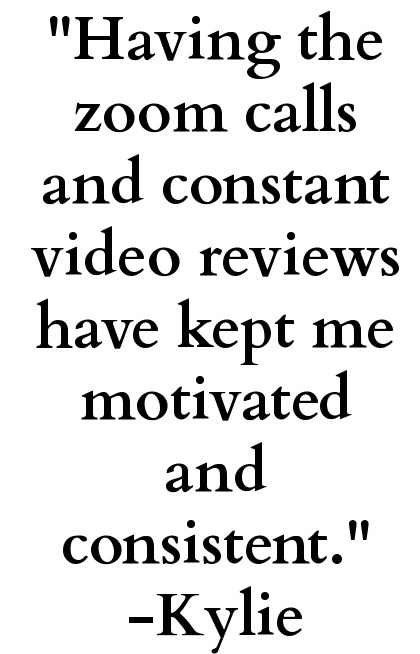
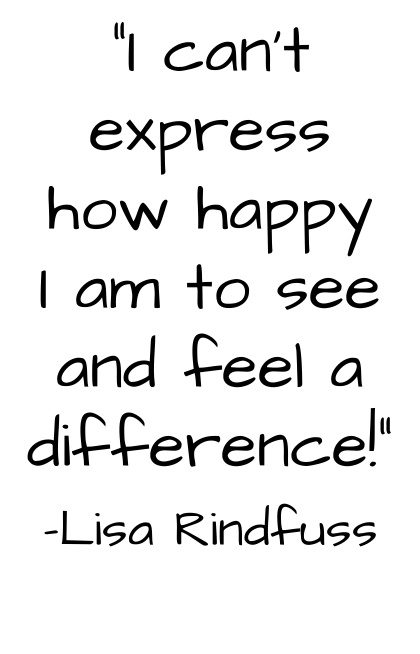
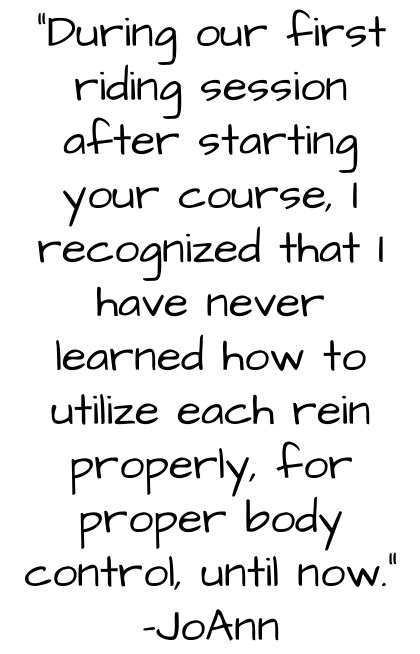
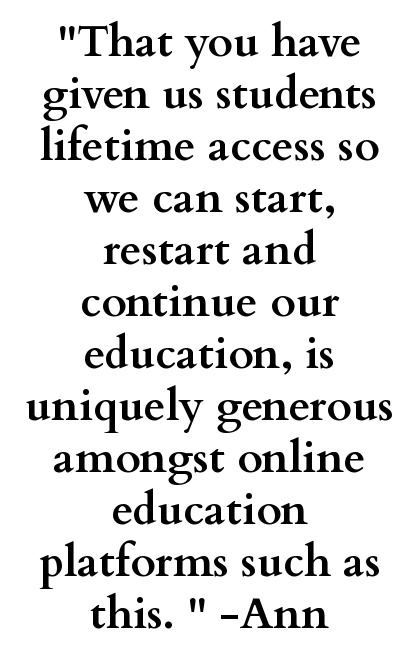
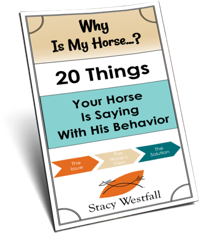
YOURS FREE
WHY IS MY HORSE...?

